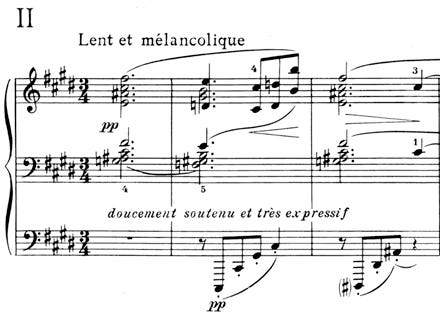I walk through the fields near our house every day and I know that if I took the time to notice, I would spot beauty everywhere.
But frequently I don’t.
The beauty I had overlooked
When the frost came for the first time this year, I saw again a beauty that I had overlooked.
We sometimes say that frost transforms a landscape, but I don’t think that’s quite right.
Frost simply highlights the natural contours of the landscape we see every day.
It draws our attention to beauty that is already there.
It opens our eyes.
Focus on the details
People love taking close-up photos of frost.
We love finding and capturing tiny beautiful details.
Tiny beauty is inspiring.
Next time you are struggling for musical inspiration, go to one of your favourites of the great composers, and look for a beautiful detail. Dig into it. Play it over and over again. Listen closely to what they do. Absorb it into your body.
A fragment of Debussy’s “Dead Leaves”
Here’s an example that I really fell in love with.
“Feuilles mortes” opens with a mysterious hanging chord, something like a diminished chord on G♮ with an extra F♯ (you could also analyse it as an inversion of F♯7♭9). It’s intriguing: static, but unsettled.
Debussy moves away in bar 2 but when the original chord returns in bar 3, he adds a new element: a bassline grounded on D♯ that causes us to hear the first chord in a new light. Now it feels like D♯7 with both a ♭9 and a ♯9.
It’s a revelation. It’s absolutely stunning.
But because the rest of the Prelude dazzles us with a universe of complexity, it gets lost unless we chose to pay attention to it. Instead, we have to choose to focus our attention on the small detail.
Indeed, that’s one of the joys of learning a new piece: lingering on these tiny details.
This complex example gives us an extremely simple idea to explore: how can chords be changed with a bassline?
The wonderful thing about such a broad question as that is that it could become the basis of an elaborate composition or simply an improvisation task that almost any curious student can explore.
Linger on the details
I hope this will inspire you to linger on a wonderful detail when you’re next learning or teaching a piece.







A timely reminder. Thank you!